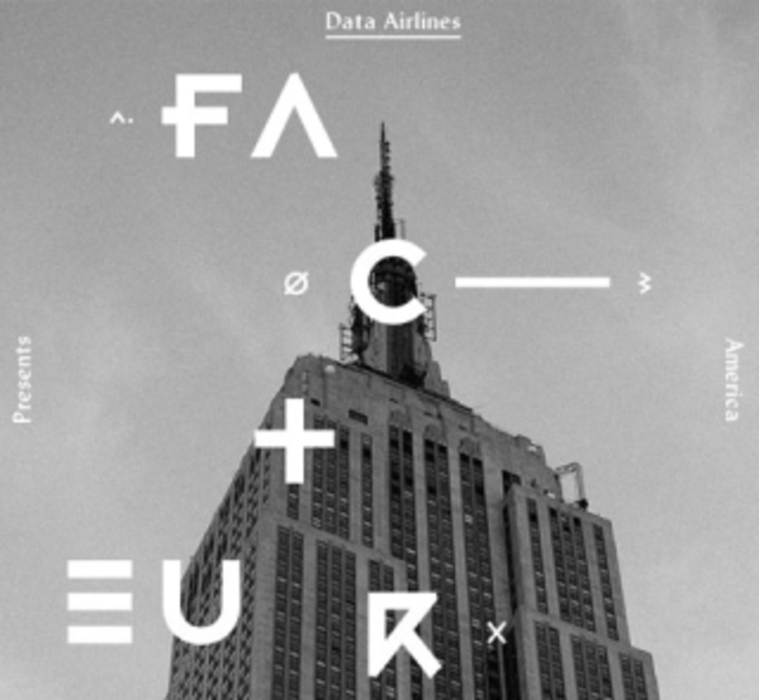Imagine a post-apocalyptic future in which marketing is ruled by a Thunderdome of data-savvy thieves, mathematicians and homebound analysts. Mordantly obscure algorithms rule the day. Creative directors are used as wheel chocks on the boat trailers of data tamers.
Gradually, but subtly and inexorably there is a decline of marketing creativity, instinct and fun.
Next, imagine marketing’s new Golden Age, with big data as the brand jigsaw’s missing piece. Imagine the integration of lumping and splitting. Imagine the workday becoming a synaptic firefight of left- and right-brain creativity interpretation and invention.
Whether big data will be regretted for its corrosive effect on the marketing ideal or celebrated for its contribution to it is just one of the data narratives that will play out in our lifetimes.
Big data describes the tornadic, complex messy and overwhelming torrent of today’s digital data. Even as we speak, the teeming worm ball of data continues to grow in ways that are difficult for man — and increasingly for machines — to comprehend.
The stuff is solid rock. What are some of the birth agonies of big data? The answer for marketing, in a kind of trivalent nutshell, is: one, functional overload; two, creative schism; and three, cultural conflicted-ness.
Functional overload
The sheer volume of data generated, stored and consumed in the world is bumping up against comprehension. As McKinsey reported, MGI estimates that enterprises globally stored more than 7 exabytes (billion gigabytes) of new data in 2010, while consumers stored more than 6 exabytes. (One exabyte is the equivalent of more than 4,000 times the information stored in the U.S. Library of Congress.)
We are generating so much data it’s physically impossible to capture it all. Health care providers, for example, discard 90% of the data that they generate; for example, almost all real time video feeds created during surgery.
For our clients, death by analytics means nothing more than information anarchy and the struggle to tame, funnel and shape it. All companies will need to explore how to do the same if they are to compete.
Creative schism
Big data is also leading to one of the great and terrible fissures in modern marketing: the belief that one can work in big data or big creative but not both.
The quants will go to digital and the storytellers to brand. Big data is seen as solid rock and arcane, while creativity is subjective ephemera. But it’s really a false choice. We need to get much more comfortable creating and interpreting stories out of digital data and seeing that big data is the behavioral storyteller and our ticket to unexpected connections only machines can see, while creativity is still what makes an operant limbic system shake a leg or cry a tear.
As Princeton psychology professor and Nobel laureate Daniel Kahneman said, “Signs of emotional arousal are salient in the reactions to many events — and especially to decisions — so the conceptual separation between emotion and pure cognition seems likely to crumble.” Fusion, not fission.
Cultural conflicted-ness
As Pico Iyer said in The Joy of Quiet, “The central paradox of the machines that have made our lives so much brighter, quicker, longer and healthier is that they cannot teach us how to make the best use of them; the information revolution came without an instruction manual. All the data in the world cannot teach us how to sift through data.”
He also reminded us that it was Pascal who said all of man’s problems come from his inability to sit quietly in a room alone.
In spite of the bombardment of data and the extroversion of so much personal data online, we are culturally recoiling from so much screen time and retreating to Internet Sabbaths, tai chi, yoga, Crossfit, Netflix and undistracted mindfulness.
The challenge
Perhaps the fundamental challenge for individuals and for the companies who will need to reckon with big data in order to compete will be separating what’s merely new from what’s essential and then challenging the plasticity of the marketing brain.
Societies always tend to evaluate new developments in light of what they know. Cars were called “horseless carriages.” Could we be falling into the same trap with the new data capabilities, i.e. force-fitting our new data capabilities into existing marketing paradigms?
Big data, properly disciplined and focused with strategic insights, could lead to the next creative revolution or a message so relevant, and personal, it will lead to ideas that don’t communicate with mass audiences, but actually emanate from the very people we’re talking to.








